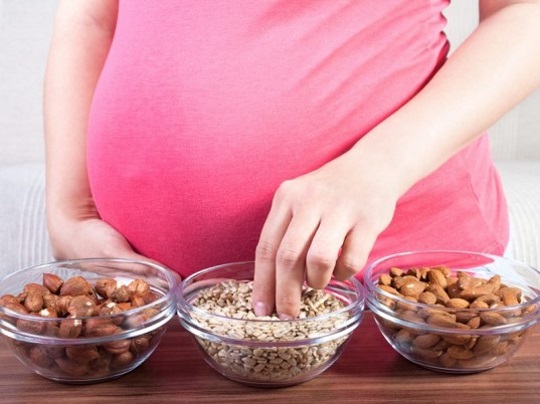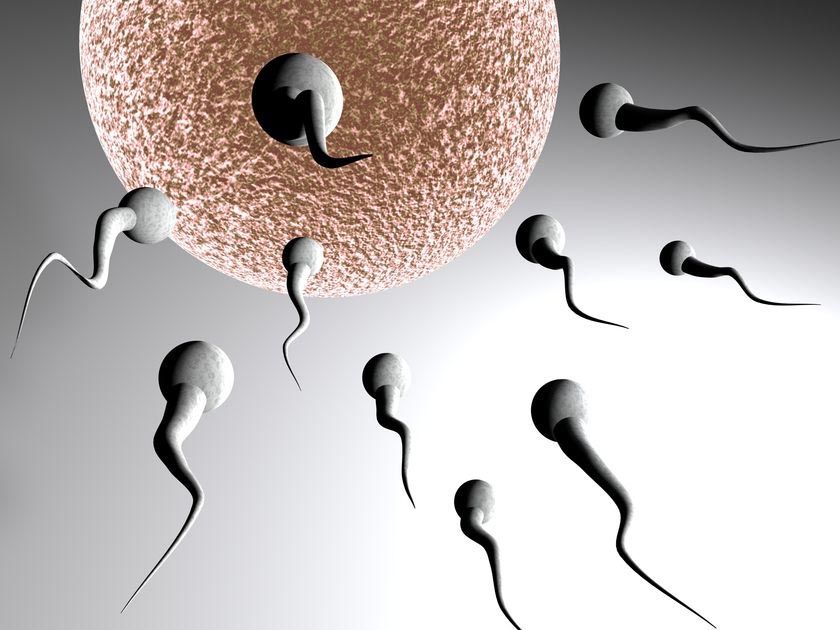Adult Health Outcomes of Childhood Bullying
Victimization: Evidence From a Five-Decade Longitudinal British Birth Cohort Objective: The authors examined midlife outcomes of childhood bullying victimization. Method: Data were from the British National Child Development Study, a 50-year prospective cohort of births in 1 week in 1958. The authors conducted ordinal logistic and linear regressions on data from 7,771 participants whose parents reported bullying exposure at ages 7 and 11 years, and who participated in follow-up assessments between ages 23 and 50 years.
Outcomes included suicidality and diagnoses of depression, anxiety disorders, and alcohol dependence at age 45; psychological distress and general health at ages 23 and 50; and cognitive functioning, socioeconomic status, social relationships, and well-being at age 50. Results: Participants who were bullied in childhood had increased levels of psychological distress at ages 23 and 50. Victims of frequent bullying had higher rates of depression (odds ratio=1.95, 95% CI=1.27–2.99), anxiety disorders (odds ratio= 1.65, 95%CI=1.25–2.18), and suicidality (odds ratio=2.21, 95% CI=1.47–3.31) than their non-victimized peers. The effects were similar to those of being placed in public or substitute care and an index of multiple childhood adversities, and the effects remained significant after controlling for known correlates of bullying victimization. Childhood bullying victimization was associated with a lack of social relationships, economic hardship, and poor perceived quality of life at age 50.
Conclusions: Children who are bullied, and especially those who are frequently bullied,continue to be at risk for a wide range of poor social, health, and economic outcomes nearly four decades after exposure. Interventions need to reduce bullying exposure in childhood and minimize long term effects on victims’ well-being; such interventions should cast light on causal processes. Excerpted from Ryu Takizawa, M.D., Ph.D.; Barbara Maughan, Ph.D.; Louise Arseneault, Ph.D. Am J Psychiatry 2014;:. doi:10.1176/appi.ajp.2014.13101401
|
|



















